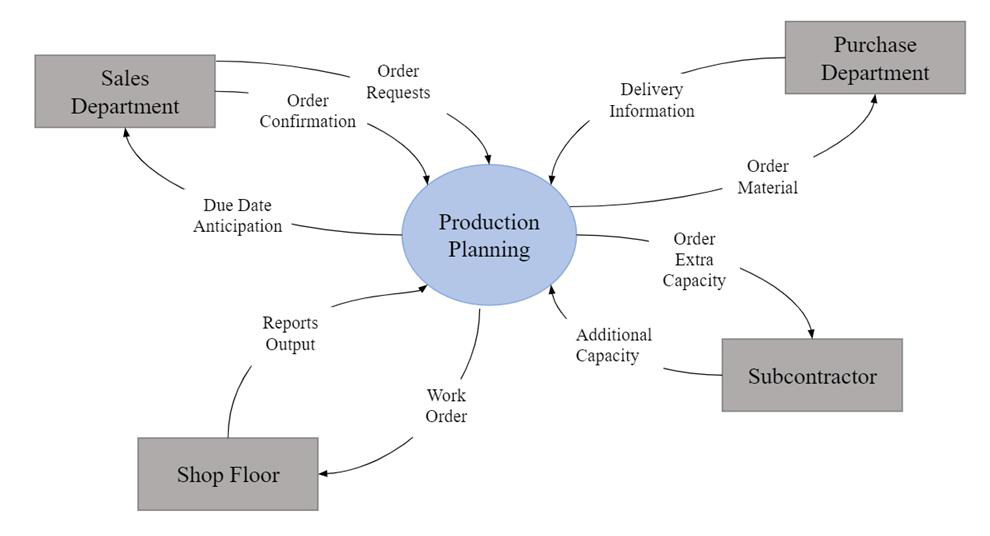

The project was conducted in coordination with Nova Plumbing Solutions, a company that had difficulties in satisfying the orders on time.
The project was conducted in coordination with Nova Plumbing Solutions, a company that operates in the sanitaryware sector since 1988. In its factory located in Kırklareli - Vize, Nova has more than 200 employees and produces around 750,000 pieces every month. Its products are classified into six main groups and are produced through operations performed in plastic injection and assembly departments.
Recently, the company had difficulties in satisfying the orders on time. Searching for the root of the problem, the Production Planning Department realized that proactive actions —such as producing in prior months when capacity was not fully utilized— could have been taken if they had a strategic level plan in which predictions were taken into consideration. During a visit to the facility, the team came across other issues that can be avoided to some extent by having a production plan with a longer horizon. One of them is the oscillating inventories and another is delays occurring in the arrival of raw materials for which lead times are long and uncertain.
In the problem identification phase, two sources of information were consulted on:
The managers of Nova reported that there were periods when the company was not able to satisfy the orders on time. The extent of this issue came to a point where realistic due dates for the orders could not be promised to customers. On the other hand, only three months prior to this chaotic period, the managers had been even considering downsizing. In addition, during the factory visit, it was observed that inventory levels were quite high even though order satisfaction was told to be problematic. These discussions implied that the root cause of the problem might be an unrecognized seasonality in the demand. Another convincing argument in favor of the above problem statement was that the company back then did not have a tool that provides demand analysis and forecasting.
At this stage, it was also conjectured that the company lacks insight regarding its capacity. They could not firmly recognize the extent to which the capacity would be utilized or idle even in a very near future. The primary need of the company is awareness of the capacity and hence handling it in a rational manner.
The agent that is at the center of this problem is the Production Planning Department. It receives order requests from the Sales Department and reports a due date anticipation. It is informed back if the order is confirmed. Production Planning manages operations through assigning work orders to the facility. Raw material requirements are handled via the Purchase Department. Finally, the subcontractor provides additional capacity if needed. Relevant parties and their relationships within the scope of this problem are illustrated in the Figure.

This project is expected to increase the performance of the system in terms of a few criteria: